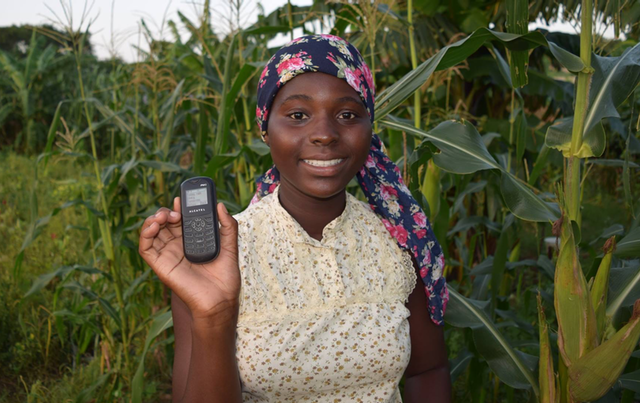
What is e-Agriculture Strategy?
An e-Agriculture strategy is using innovative digital technology solutions like precision agriculture, drones, big data, predictive analytics, and blockchain to improve social and economic outcomes for smallholder farmers.
e-Agriculture programs aim to increase food security by helping smallholder farmers improve modern ICT4Ag farming methods and access to markets. Agricultural ICT4D strategies encompass the full agricultural value chain and includes adjacent technologies like digital financial services and geographic information systems.
Communication in Agriculture
Smallholder farmers have limited knowledge, services, and technologies available to them. They typically need support to adopt modern farming methodologies.
Agriculture technology solutions focus on extension services for farmers to adopt new technologies and innovation. ICTs can amplify the efforts of the extension agents to help farmers plan what crops to grow, source inputs for crop cultivation, and selling their produce in local market.
Chatbots offer an exciting opportunity for governments to engage farmers on the social media platforms where farmers already congregate. For example:
- Facebook chatbots are a popular way to answer basic questions or help farmers apply for government support services.
- SMS text message chatbots can also help private sector companies develop new business leads and educate extension agents on their services.
ICT communication tools can play a crucial role in supporting farmers to access new inputs, credit, and markets with personalized and customized services.
Examples of e-Agriculture Programs
The potential to achieve high impact at the farm-level requires appropriate technology and adoption methodologies. International development organizations can use e-Agriculture communication programs like those below to support ICTforAg value chain ecosystems in developing countries.
Published on: Apr 17 2017 by Guest Writer - Comments Off on Reducing Risk and Increasing Agricultural Loans with Mobile Money in Ghana
Like in many developing countries, agriculture is the mainstay of the Ghanaian economy. 62 percent of Ghanaians are employed in the sector, says Doris Amponsaa...
Published on: Apr 12 2017 by Guest Writer - Comments Off on How Video Can Improve Agricultural Practices in Uganda
Smallholder farmers located in the Southwestern tip of Uganda engage in potato farming to feed their families and to earn some extra income. As part of Pasic, a...
There are 793 million people globally, who are undernourished or food insecure according to the Food and Agriculture Organization of the United Nations (FAO). Weather,...
Please sign up to present or register to attend ICTforAg 2017 on June 23rd, at FHI 360 in Washington, DC
This one-day conference will build on ICTforAg 2015 and...
The proliferation of mobile phones among rural households in Kenya, Tanzania, and Ghana has seen a significant increase of digital information solutions for farmers....
One of my first tasks at IRRI is to develop a consent form we can use across our agricultural extension service tools that at a minimum will inform end-users, usually...
The world’s population is projected to reach 9.2 billion by 2050. The UN Food and Agriculture Organization (FAO) has estimated that farmers will need to produce...
I do hate sectoritis – the innate desire of development actors to isolate into health, education, agriculture, civil society, and all the other sector silos...
Published on: Oct 19 2016 by Guest Writer - Comments Off on Three Factors to Make Your ICTforAg Efforts More Effective
I am an optimistic skeptic of ICT4D and ICTforAg. The potential role of ICT in Development is obvious, but we often seem to be overselling the current reality.
Donors...
We are on the cusp of a second green revolution. Through the application of connected technologies, we have the potential to increase agricultural productivity...












